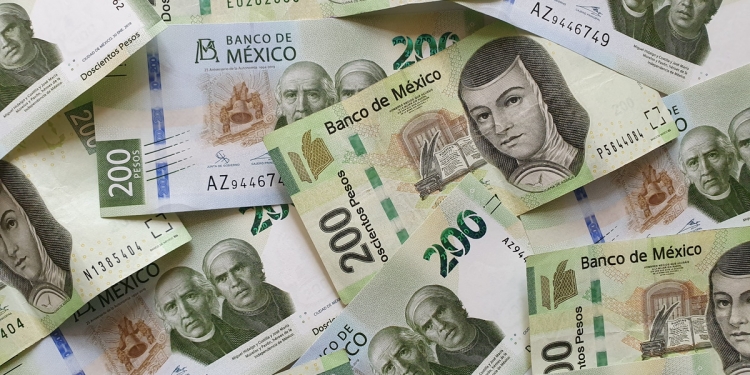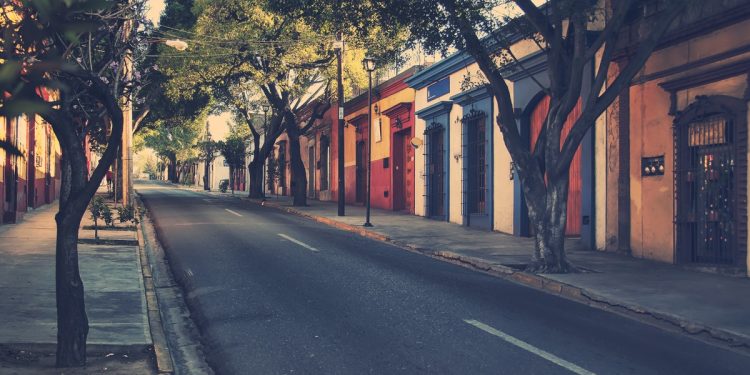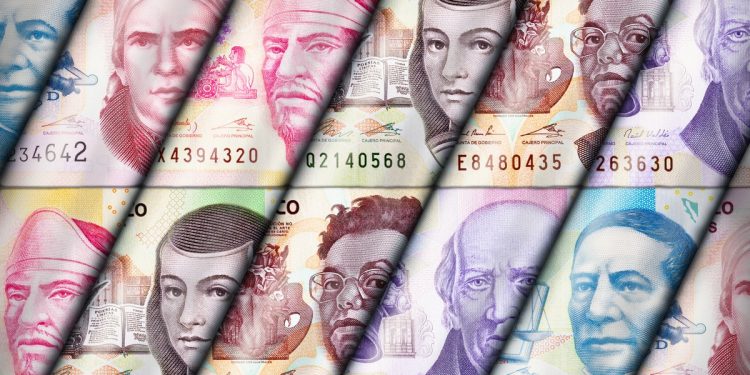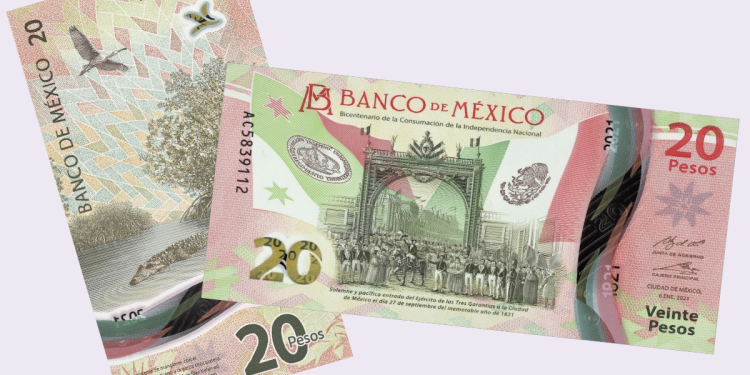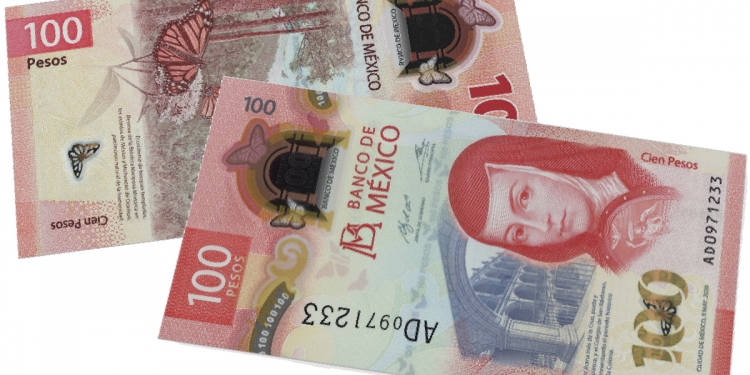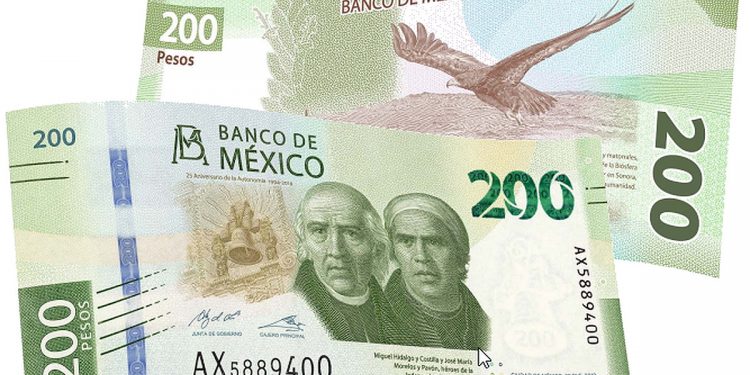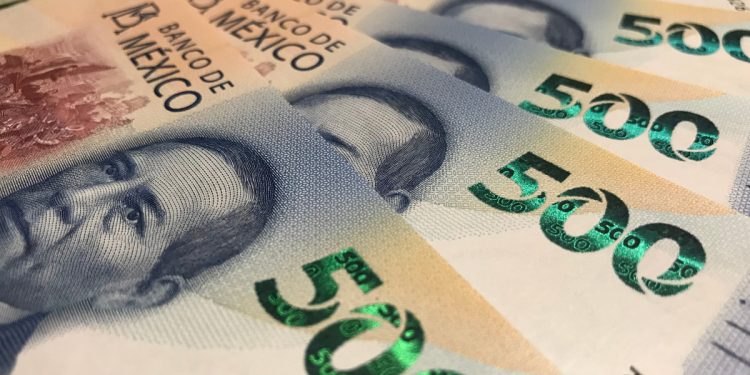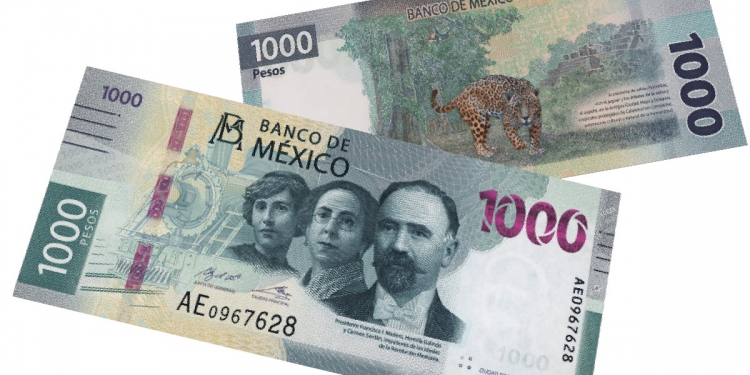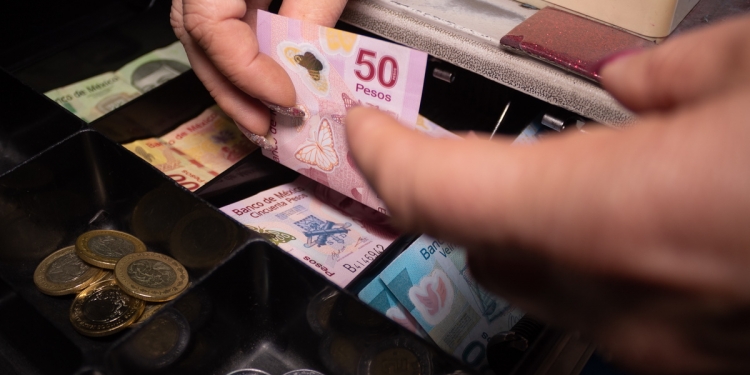Mexican banknotes have always been colorful and varied, and over the years have seen their fair share of national heroes and heroines shuffled around the different denominations.
Benito Juárez, the 19th century president who is a particular favorite of president Andrés Manuel López Obrador, has been upgraded to the 500-peso note from the 20-peso note, and now graces the front of both. A new 20-peso coin began circulating in April 2020, but is so far hard to come by with people treating them and even offering to sell them as collectors’ items.
In November 2020, the Bank of Mexico unveiled two new banknotes, the 1,000-peso and the latest 100-peso bills.
The new design of the 1,000-peso bill features the images of Francisco I. Madero, Hermila Galindo, and Carmen Serdán; and on the reverse side, the jaguar —the largest of the American cats— and appears to have passed muster with the hawk-eyed and ever-critical users of social media.
Not so the 100-peso note bearing the image of 17th-century poet Juana de Asbaje y Ramírez de Santillana, better known as Sor Juana Inés de la Cruz, or simply Sor Juana. The design of the banknote is vertical, and someone somewhere noticed that a Venezuelan banknote with the picture of South American independence hero Simón Bolivar was also vertical, jumping to the conclusion that the Mexican government was emulating that country and its current misfortunes. (Never mind that the autonomous Bank of Mexico is responsible for the design and the quantity of bills and coins in circulation.)
The record was quickly put straight by a central bank official who pointed out on the same social media that vertically designed banknotes from Canada, Switzerland, and Aruba (a Dutch island just off the coast of Venezuela of all places) have been awarded ‘Banknote of the Year’ prizes in recent times. He recalled, as did others, that the 200-peso note commemorating the bicentennial of Mexico’s independence in 2010 was also vertical. That bill features independence hero Miguel Hidalgo y Costilla, who has now joined another favorite of the independence movement, José María Morelos y Pavón, on the newest 200-peso bill.
Which brings us back to Sor Juana, whose image is on the previous 200-peso bill. (She had been on an old 1,000-peso note in the days before Mexico knocked three zeroes off the currency in January 1993.)
The change came around the same time that the feminist movement was carrying out protest marches in Mexico City, and some of the more feisty of the demonstrators had taken it upon themselves to indulge in some vandalism involving, among other things, spray paint. This being the era of the meme, a joke soon appeared on internet of Sor Juana graffitiing the new 200-peso note accusing the central bank of sexist discrimination.
Sor Juana may not have been a feminist, at least not in the modern sense, but she was no shrinking violet. The best known of her works begins “Hombres necios que acusáis a la mujer sin razón”—You foolish men who accuse women without reason. The central bank might have felt the same way after the latest outburst. In fact, the new $100 peso bill went on to win the IBNS’s 2021 Banknote of the Year award.
Mexico in your inbox
Our free newsletter about Mexico brings you a monthly round-up of recently published stories and opportunities, as well as gems from our archives.

